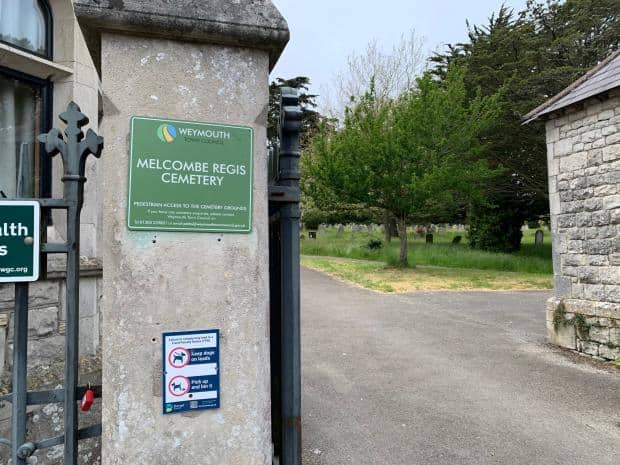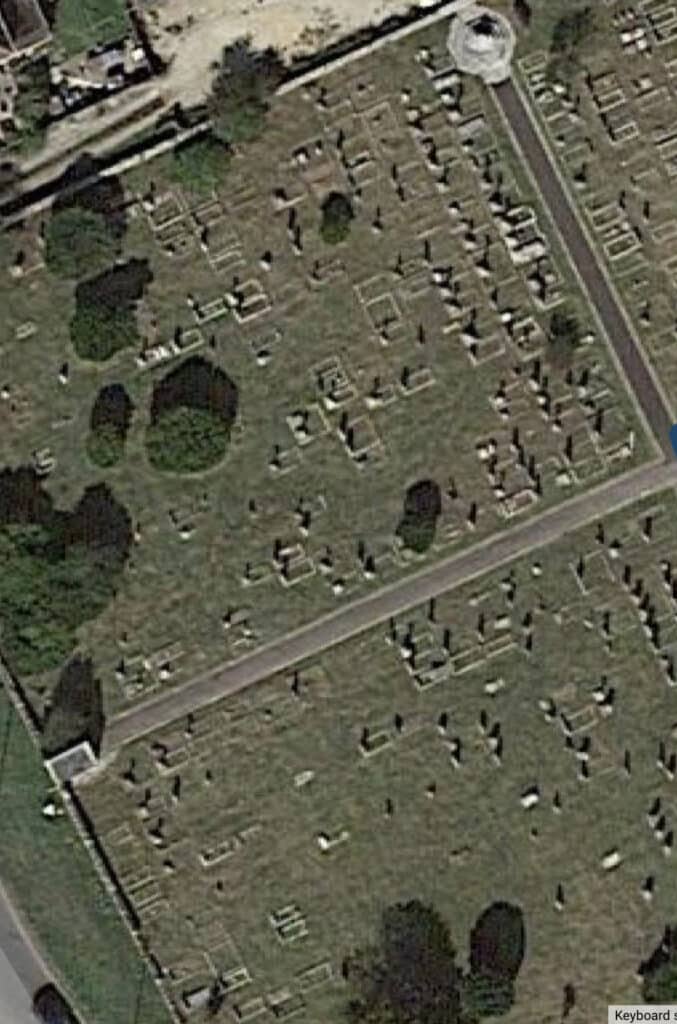Last week, Melcombe and Wyke cemeteries had a walkover survey and management visit from the Dorset Wildlife Trust as part of the ‘Living Churchyards’ project. Whilst not a complete species list, the walkover results showed 22 flower species in Wyke, most notable was hedge cranesbill. Melcombe Cemetery, which is a Site of Nature Conservation Interest (SNCI), was considerably richer with 36 species, including orchids, dropwort and corky fruited water dropwort, which are all Dorset notables.
Cemeteries are a valuable area for ‘semi-natural grassland’, a species-rich habitat, often with a high floral content. What many people think of as weeds are in fact valuable flowering plants providing food and habitats for many other species. The long meadow grasses also house floral plants such as ox-eye daisy, common poppy and yellow rattle grow, giving the effect of a hay meadow. In other cases, the grass may be much shorter allowing bird’s-foot trefoil or orchids to grow. This variation in management and subsequent species diversity make carefully managed churchyards and cemeteries so important. This is now being recognised and many throughout Britain have now been designated as Sites of Special Scientific Interest by English Nature, such as Melcombe Cemetery.

Wyke Cemetery is now in the process of being cut; this work is slower and far more arduous as our grass cutting team have to remove all the trimmings by hand. Melcombe Cemetery will also be cut during the next month as flowers will have either ripened or gone over. The removal of grass cuttings will decrease the rate the grass grows and, in turn, reduce the Council’s impact on the climate as we will no longer need to undertake 6-7 grass cuts a year.

Cllr Ryan Hope, Chair of Services Committee, said:
“The drive behind this change is to improve wildlife habitats in Weymouth. This becomes increasingly important in the context of the ongoing biodiversity decline in the UK, in which 41% species are declining and 1 in 10 is threatened with extinction.We have learnt from this year and will be making changes in our management next year to ensure we manage the areas for people and nature alike.”
PLEASE SUPPORT US FOR JUST £2 A MONTH






